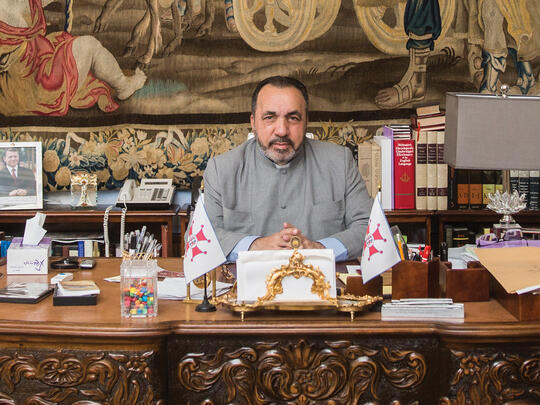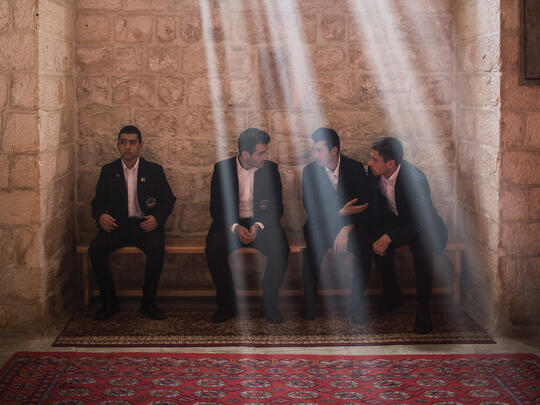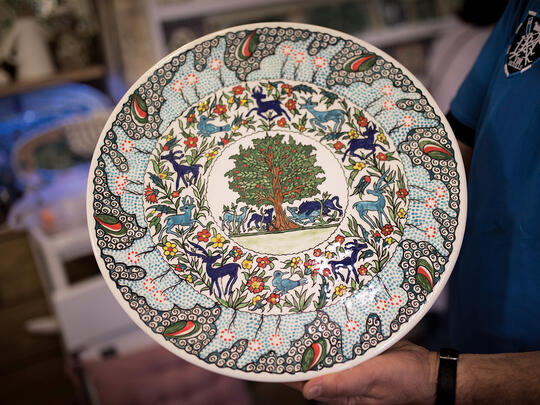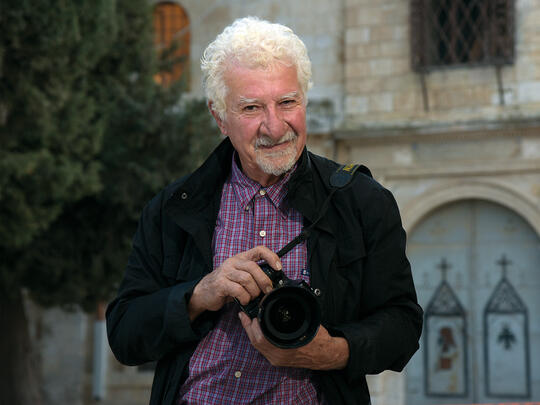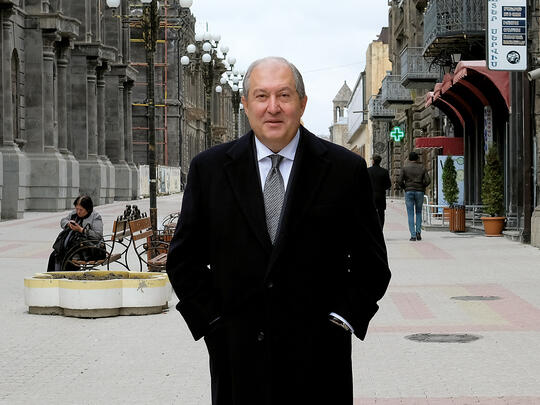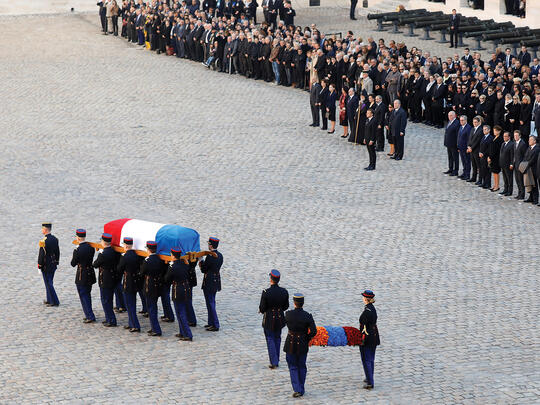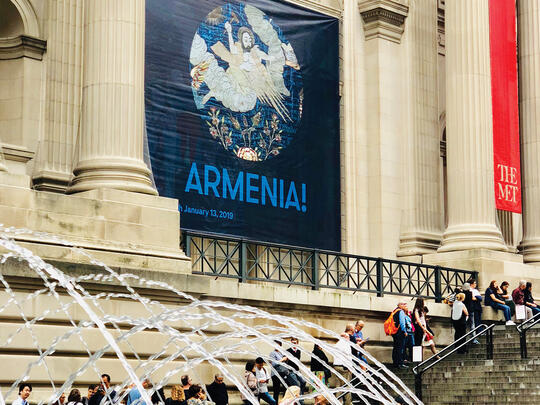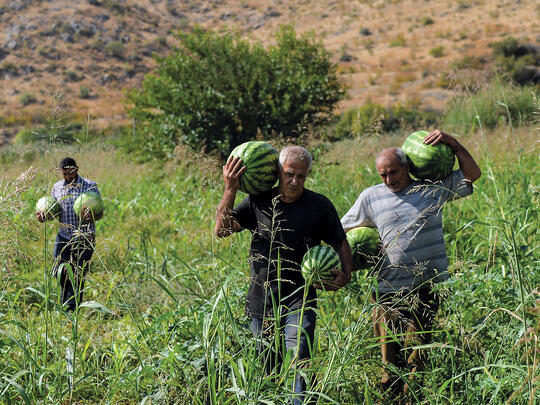From the early centuries, the road to the Holy Land has seen a continuous flow of caravans of Armenian pilgrims in search of the cradle of their Christian faith. Nearly two millennia have since modernized the mode of travel, but the sacred tradition—a visible affirmation of faith—has remained virtually unchanged through the passage of time.
Inside the Church of the Nativity in Bethlehem, Armenian pilgrims celebrate the badarak in the grotto where Christ was born, just as their predecessors celebrated centuries ago. In the Shepherd’s Field, where angels proclaimed the birth of Jesus, they participate in bible study. And in Jerusalem’s Old City, as pilgrims retrace the steps of the Lord along the Via Dolorosa, or Way of the Suffering, into the Church of the Holy Sepulchre where Christ was buried, history comes alive while they experience an intense spiritual re-awakening.
For Armenians, the Holy Land holds special meaning. As the oldest diaspora, it offers them an invaluable opportunity to connect with their influential history and Armenian identity, while laying claim to a precious shared inheritance. “There are two places every Armenian must visit at least once in their lifetime,” says Father Mardiros Chevian, Dean of St. Nersess Armenian Seminary in New York. “One is Armenia of course and the other is Jerusalem. Every other destination in the world is secondary.”
Over the past two decades, Father Chevian has organized numerous pilgrimages to Jerusalem in fulfillment of a promise he made to himself. In 1997, he signed up for a trip to Jerusalem as part of a seven-day promotional tour sponsored by the Israel America Foundation. On the sixth day, when he asked his Jewish guide why the magnificent St. James Cathedral in the Armenian Quarter was not on the itinerary, the guide replied: “Because it is not important.” Appalled, Father Chevian abandoned the tour and the next day made his own way to the St. James Cathedral.
“Once I passed through the doorway of the St. James Monastery, I was in another world,” he says. “Seminarians, surrounded by billowing incense, were singing sharagans, while Armenian boys and girls played in the courtyard. I realized then that it is a miracle that this community survived against all odds. I vowed to return as often as possible to share the experience.”
While, individually, Armenians have always been drawn to Jerusalem, following the earthquake in Gyumri and Armenia’s independence, organized pilgrimages dwindled as the diaspora focused its attention and efforts on the homeland. The revival began in earnest in 2000, when the Eastern Diocese organized a 500-person pilgrimage for the new millennium. “Since then the number of tours have gradually increased year after year,” says Father Norayr Kazazian, Principal of Jerusalem’s Sts. Tarkmanchats High School and Director of the Gulbenkian Library. Today he estimates well over 1,000 Armenian pilgrims visit in groups annually, mostly from Armenia, North America and Europe.
The income generated from those pilgrimages helps sustain Jerusalem’s small Armenian community that runs the market, hostels and souvenir shops. Increasing the number of organized pilgrimages—and not just during Orthodox Easter and Christmas—would ensure the continuation of the community, says Father Chevian. “I always instruct my tour groups to declare at the airport they are here to visit the Armenian community,” he says. “The Israeli government must hear that over and over again because when many Armenians visit, it takes note. Numbers are very important.”
Jerusalem has the potential to draw hundreds of thousands of Armenians, given the wealth of its Armenian history and heritage. While the city is considered very safe and offers modern accommodations and excellent food, what has been lacking is publicity. Israeli officials are loathe to advertise to Christian pilgrims or invest in any non-Jewish tourism infrastructure, while the Armenian Patriarchate has not had the manpower to devote to the diaspora. Yet non-Armenian tourists, especially journalists and photographers, report that the Armenian clergy is not as welcoming to outsiders as a rule, perhaps due the atmosphere of divisiveness and suspicion that permeates the city.
Father Chevian suggests that a committee—with a designated lead from Armenia, Europe and the United States —be created to work together to attract pilgrims to Holy land. “We must publicize it. I would love to see an Office of Tourism within the Patriarchate, and we need to replenish our ageing tour guides,” he adds. “If we don’t tell our own story, who else will?”
As the efforts to recount the story of Armenian Jerusalem are renewed, it is now up to the Armenian diaspora to heed the call, reviving a centuries-old tradition vital to the Armenian identity.
Banner photo is courtesy of St. James Armenian Church Of Watertown, MA



